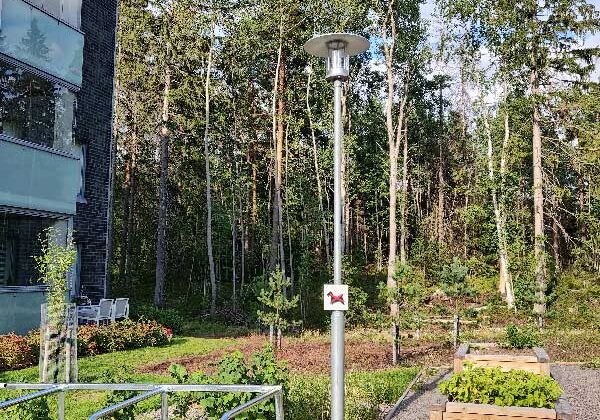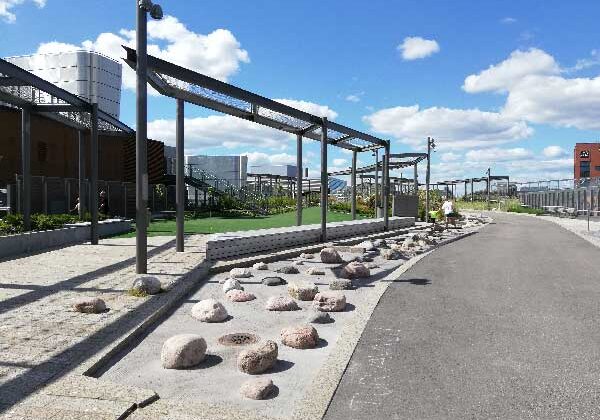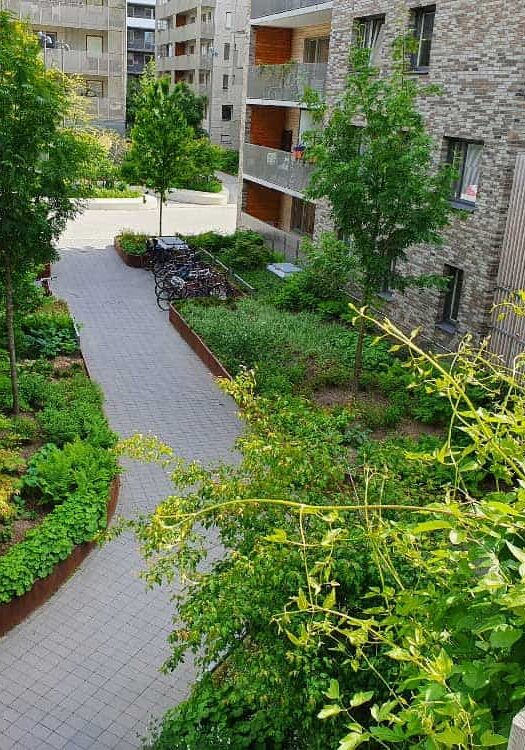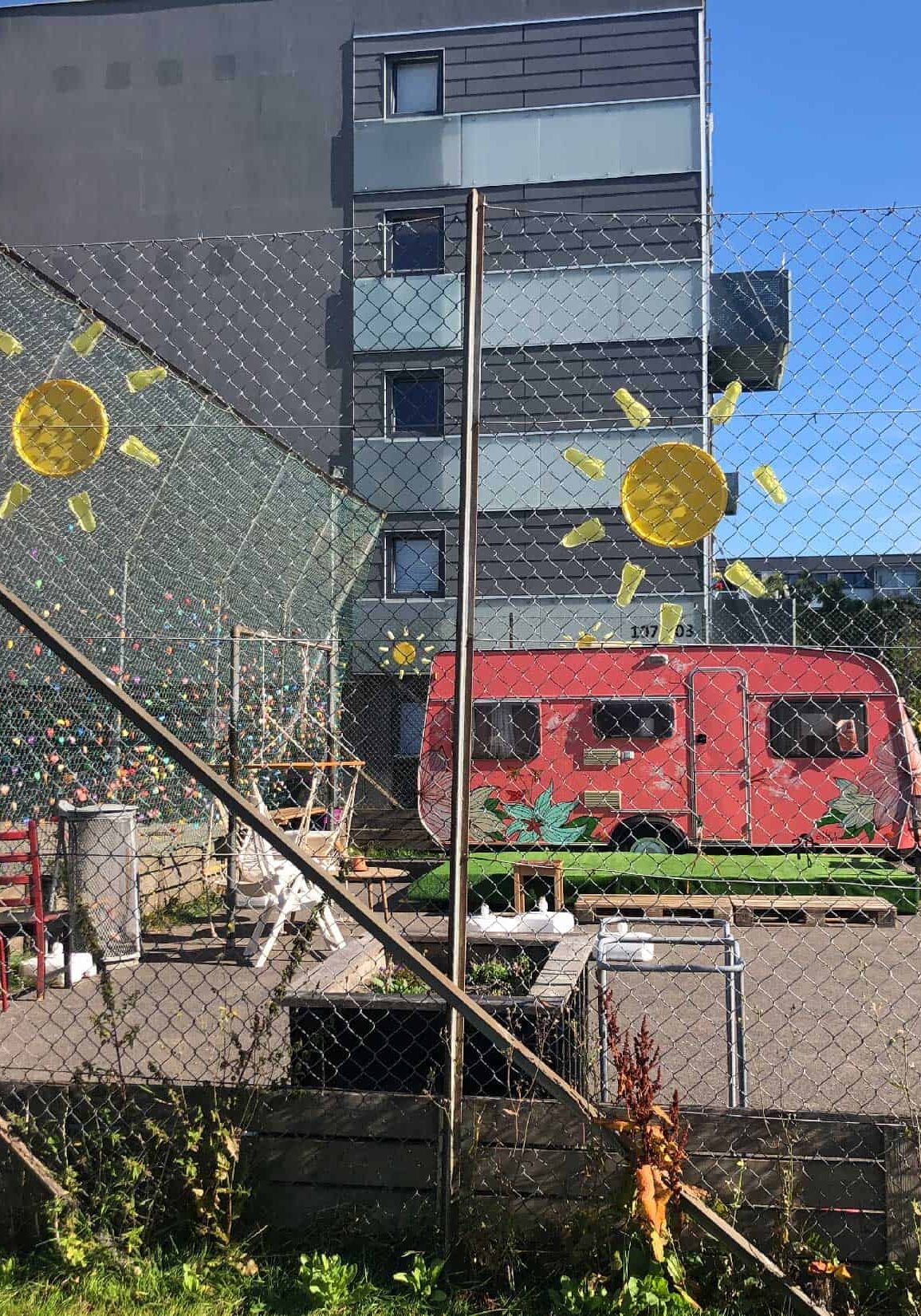The comprehensive integration of emerging science and practice connected to each of the three couplings (social-ecological (S-E), ecological-technological (E-T), and social-technological (S-T) into a combined SETS framework is essential for the development of “smarter” (through systems) solutions for resilience and equity. The convergence of these approaches will promote resilient and equitable urban futures in Helsinki, Copenhagen, and Stockholm, and generate new opportunities for transformative change and increasing resilience to extreme events in other Nordic cities. These cities have diverse climate, infrastructure, social, and ecological challenges, as well as different stakeholder political agendas—all of which are important use cases to test conceptual frameworks, analytical methods, community engagement processes.
WP2: Theory, evidence and critique – How to conceptualize and integrate the SETS concept across the different working packages?
Contact person: Anton Stahl Olafsson, asol(at)ign.ku.dk
As this project moves beyond current state of the art thinking about smart cities and nature-based solutions, the aim of WP2 is to develop the SETS framework into a comprehensive tool that can help to highlight the couplings (social, ecological and technical) and the interplay between different pairs of couplings. WP2 explore the conceptual basis of each coupling (S-E, E-T & S-T) and evidence concerning their intended and unintended consequences on smart technologies and nature-based solutions (NBS).
The framework supports the development of understanding how Social-Ecological, Ecological-Technological and Social-Technological system couplings can be woven together to bring NBS into the discourses of Smart Cities strategies.

WP2 will develop the SETS framework through a review of core literature on smart cities and nature-based solutions as well as through core literature supporting each of the case studies’ approaches. The SETS framework supports the discussion on which SETS couplings and linkages between couplings are studied within each case study area.
Outputs of this WP will be an academic perspective and discussion paper on SETS tensions in smart green city development as well as a synthesis paper on advancing SMARTer green cities in a critical SETS perspective. Furthermore, this WP ensures the application, ongoing discussion and development of SETS in and between the different case studies.
WP3: Socio-ecological couplings and psychological restoration
Contact person: Silviya Korpilo, silviya.korpilo(at)helsinki.fi
There is little research on the seasonal variations in psychological restoration offered by different types of urban green spaces, as well as on the restorative capacity of newly developed urban areas with rapidly changing living environments. In Helsinki, we aim to understand how SMART technologies and NBS can enhance (or hinder) the potential of different types of urban green spaces to promote psychological restoration (both subjective and objective) throughout the year. We use two case studies (Kalasatama and Kuninkaantammi) that have different visions of planning and development. While Kalasatama has been promoted as a technologically SMART and sustainable residential area, Kuninkaantammi has been developed emphasizing nature-based solutions and the Green City concept.


WP4: Technology, biodiversity and the voices of nature
Contact person: Timon McPhearson, timon.mcphearson(at)newschool.edu
The Stockholm case focuses on the ecological-technological (E-T) linkages and interactions. This refers to the different ways in which smart technologies can strengthen feedback between nature-based solutions (NBSs), biodiversity, and people. To advance a notion of SMARTer and Greener Cities we use wireless sensors, connected to internet to monitor real time the ability of ecosystems’ function as NBS for climate change resilience and adaptation. In this context, we explore how technology can be used to better understand the “voices of nature” and especially what they say when under the pressure. Recent technological advances have made meteorological stations affordable and portable while preserving high measurement quality. This provides an opportunity to measure atmospheric and soil conditions (humidity, rainfall, temperature, windspeed, soil moisture) at a very local scale of individual courtyards, squares, playgrounds, and parks. We use this novel form of harnessing data to understand the performance of NBSs across seasonal variation and under extreme weather conditions in terms of their direct impact on the local climate. Integrating NBS into smart cities agenda is motivated by the mission of bringing the benefits that ecosystems provide human health and wellbeing through air pollution removal, stormwater absorption and urban cooling towards creating resilient cities for liveable futures.

WP5: Technology, justice and safety
Contact person: Natalie M Gulsrud, nagu(at)ign.ku.dk
Recent studies have explored issues of environmental justice relating to the creation of NBS. This WP will address the challenge of how to design and manage just, safe and secure green areas.
In close collaboration with local actors in the Copenhagen social housing area ‘Hørgården’, this WP initiate a resident inclusive public participation process by the use of a map-based application for smartphones and computers. This technology allows participants to voice problems and potentials in regard to their local green environment.
The Hørgaarden housing area is currently about to undertake a largescale transformation in regard to rainwater handling and local blue/green infrastructure. The research of this WP will focus both on how novel technologies can help the inclusion of local residents’ perspectives in the planning and evaluation of the landscape transformation, and on how the coming blue/green infrastructure in the area benefit social-ecological aspects. The survey will be conducted in an interplay between local community actors and residents (including children), the landscape architects in charge of the new green infrastructure project, the housing association as well as researchers from SMARTer Greener Cities project. The map-based survey will be conducted at least two times over the course of the project’s timespan, in order to give a ‘before and after’ perspective on how the new green infrastructure affects residents’ perspectives on safety, inclusion and green justice. The map-based process will be followed up by workshops (Living Pavilions) on the ground.
Outputs from this WP will be a set of guidelines for smarter nature-based solutions for green, just, and inclusive cities.

WP6: SMARTer case studies:
SMARTer technology, multi-actor engagement, knowledge co-creation and joint learning
Contact person: Kati Vierikko, kati.vierikko(at)ymparisto.fi
WP6 aims to support cross case connections, citizens engagement and development of stewardship platforms. This will include formation and support of the knowledge alliance involving industry, policy makers, civil society and researchers from each case area. In addition to multiple levels of stakeholder engagement, we will adopt a Living Pavilion approach which will provide an event space that enables residents and multiple actors (e.g., industry, policy makers and civil society) to share their knowledges and experiences about the intended and unintended consequences of SMARTer green solutions through participatory arts practice, place-making or learning by doing. The methods move beyond the start of the art by combining stakeholder engagement, participatory arts practice and policy critique.
Project coordinator Associate Professor Erik Andersson, erik.andersson(at)su.se
Stockholm Resilience Centre (SCR), University of Stockholm
Project funder:

